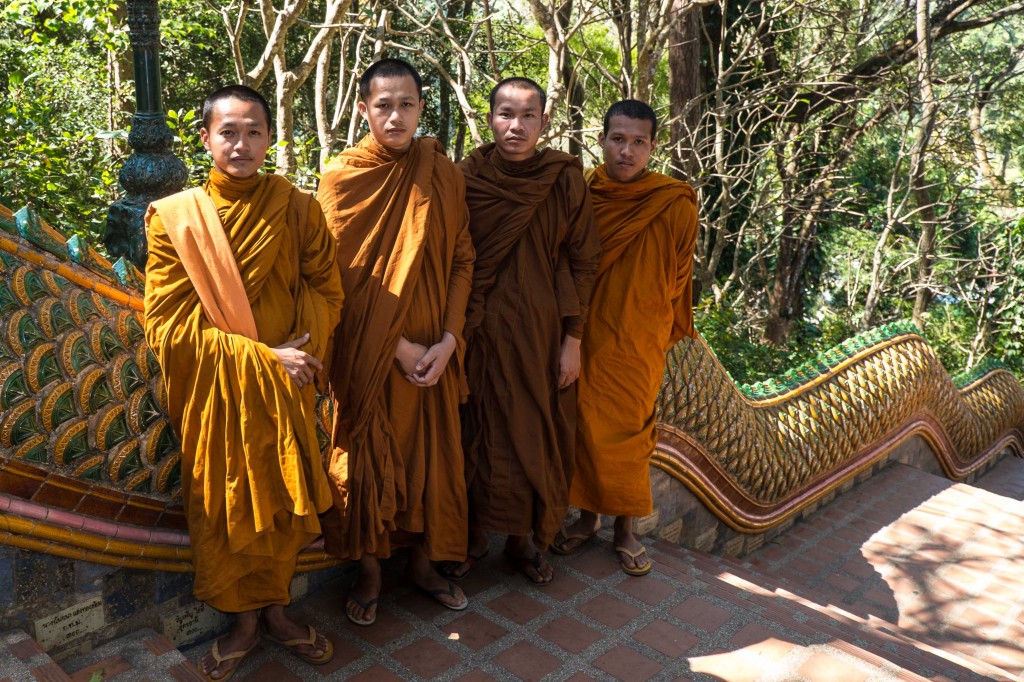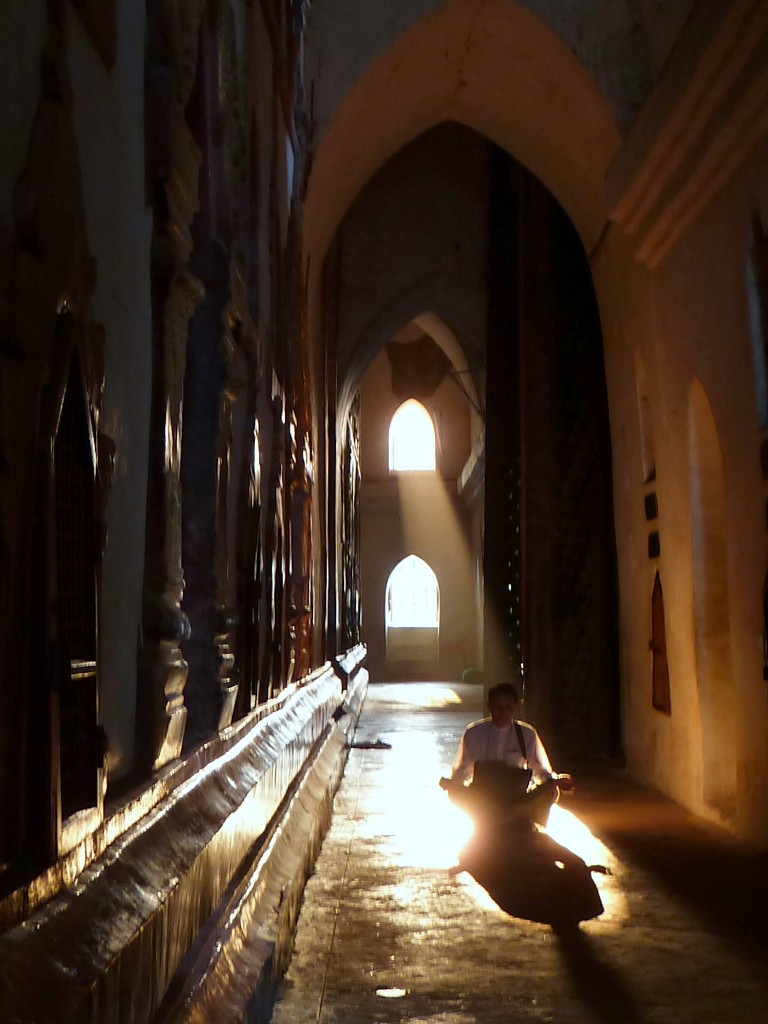Orange clad monks bearing alms bowls are synonymous with Southeast Asia, but the region in fact hosts two separate forms of Buddhism, with differing ideologies and practices.
The two belief systems are Theravāda Buddhism, found mostly in modern Thailand, Cambodia, Laos and Myanmar, and Mahāyāna Buddhism which is the majority faith in Vietnam whose culture is strongly influenced by China.
Buddhism originated in present day North East India around the 5th century BC and was founded by a Hindu prince named Siddhartha Gautama who, disillusioned by the oppression and inequality of the Hindu caste hierarchy, decided to formulate his own belief system. Buddhism borrows extensively from Hinduism with both faiths centering around the belief in samsara or reincarnation and escaping the cycle of endless rebirth through moksha or liberation. The two religions also share the conviction that this liberation can be achieved through karma (correct actions and thoughts) and dharma (religious duty).
Buddhism originally reached Southeast Asia in a process spanning most of the first millennium, both directly from India by sea and indirectly by land through China and Central Asia. Some of the first Buddhists to reach Southeast Asia, who were predominantly of the Mahāyāna tradition, arrived in Vietnam from the north as early as the 2nd century AD, and to this day Buddhism in Vietnam very closely resembles that of China, and shares many similarities to the Mahāyāna Buddhism of Japan, Korea and Taiwan.
During the 5th – 13th centuries AD, Buddhism arrived by sea from India and became the major faith of one of the greatest Mahāyāna Buddhist empires of the region: the Khmer Empire of modern day Cambodia.
If you are in a Buddhist temple in Asia and the statue of the deity you are looking at has more than a single head or pair of arms you can be certain it’s Mahāyāna. The smiling, enigmatic heads of the Bayon at Angkor are a good example of this.

Expansion of this empire saw large areas of present day Indochina convert to Mahāyāna Buddhism, although the decline of Buddhism in India and an influx of Theravāda monks from Sri Lanka gradually lead to a dwindling of Mahāyāna adherents in favor Theravāda ones.
Now the predominant form of Buddhism in Southeast Asia, Theravāda is practiced by the majority of Thais, Khmers, Lao and Burmese. It’s Theravāda monks with their orange robes and alms bowls who adorn so many postcards of this region and are almost a tourist attraction in themselves.
This is the oldest surviving form of Buddhism and the closest to that which originally developed in India 2500 years ago. At heart Theravāda Buddhists believe that achieving liberation from rebirth is an individual pursuit. Only the historical Buddha (Gautama, also known as Sakyamuni) and the future Buddha (Maitreya) are accepted and the ultimate goal is to become an arhat or perfected being, who has attained nirvana.
Mahāyāna Buddhists by contrast believe that it is the duty of followers to help all other sentient beings achieve enlightenment and that the attainment to Buddhahood is accomplished by first becoming a Bodhisattva — an enlightened super-being who works to achieve nirvana for all.
Visitors to Southeast Asia are sometimes confused by the Buddhism they observe during their visit, and it is indeed a very different thing from the Buddhism which has become so popular in the West. It turns out Buddha isn’t a chubby smiling icon and visitors will see monks smoking, traveling and using enviable photographic equipment. Complex and fascinating in its own right, sometimes the real thing is more interesting than the stories we tell.
Which Buddhist school?
Orange robes – Theravāda
Maroon robes – Mahāyāna
Collecting alms – Theravāda
Multi armed / headed deities – Mahāyāna
Burning fake paper money – Mahāyāna
The Buddhist temples of Angkor – Mahāyāna
The Emerald Buddha, Bangkok – Theravāda
Wat Xieng Thong, Luang Prabang – Theravāda
Caves at the Marble Mountains of Vietnam – Mahāyāna
The Temples of Bagan – Theravāda… Read more »


